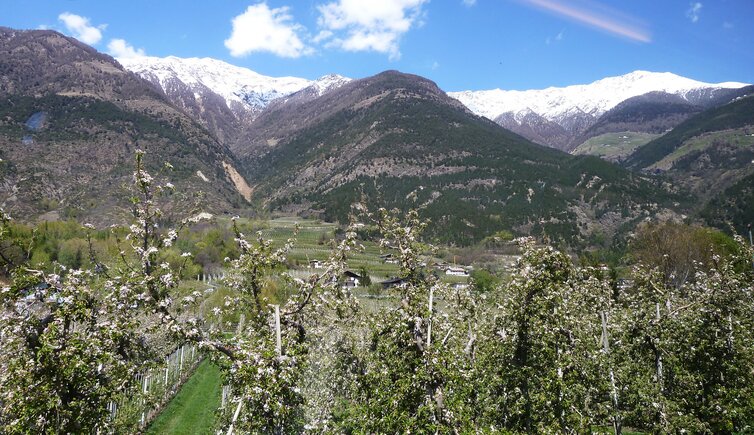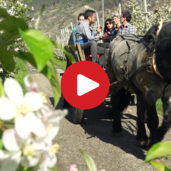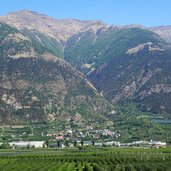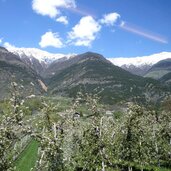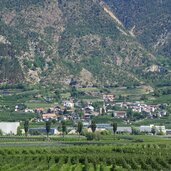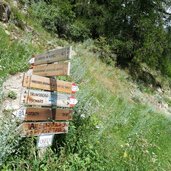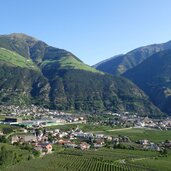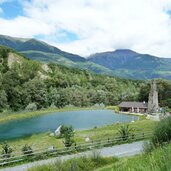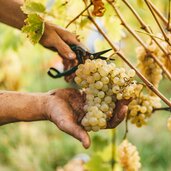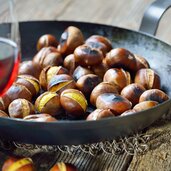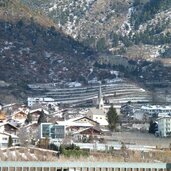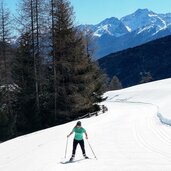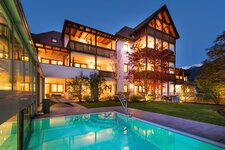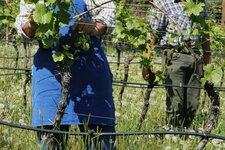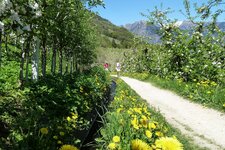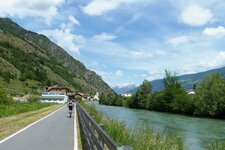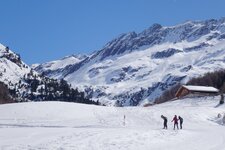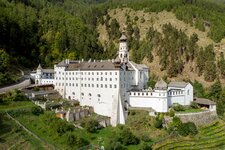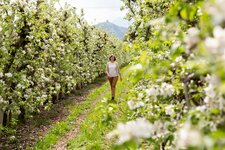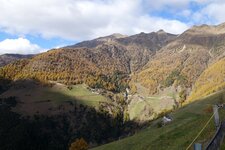In Vezzano, once the most important wine-growing area in the valley, autochthonous varieties such as the “Vezzaner” are cultivated
Image gallery: Vezzano
The sunniest area in the Lower Val Venosta is called Monte Sole. Thanks to the favourable location and the rubble cone on which Vezzano was built, the history of viticulture dates back to the 12th century. It was the monks of the Benedictine Abbey of Monte Maria near Burgusio who laid the foundation stone for this here. In other areas of South Tyrol, it was the Romans centuries earlier who, for example, appreciated the area around Caldaro as a wine-growing region. Still today, wine grows on the slopes of Vezzano, both classic varieties and autochthonous ones such as the "Fraueler" and the "Vezzaner", a white wine that is drunk still young.
The village square with the Romanesque St. Nicholas Church forms the centre of Vezzano (Vetzan). After it was destroyed by a landslide in 1840, it was rebuilt and is today, with its steeple visible from afar, an important architectural and artistic witness of the past. Among the other buildings are a kindergarten and a primary school as well as a garden centre and the Chestnut Grove Path known as Via Castagneto: In autumn, people like to roast and eat the "Keschtn" - chestnuts - over an open fire. Two farms, the Schmalzhof and Runggnöf, are protected monuments.
The Monte Sole itself is a destination for excursions: Extremely hot and steppe-like in summer, spring and autumn are best for hiking here. You follow the Waalwege paths along the old irrigation channels to the cultural sites and the surrounding villages. On the valley floor, the Val Venosta Cycle Path invites you to a tour towards Merano or the Resia Pass. In winter, the cross-country ski tracks can be reached in a short drive and are linked together in the Venosta Nordic association: In this way, there are 135 km of pistes between the Val Martello and the Ortles area.
